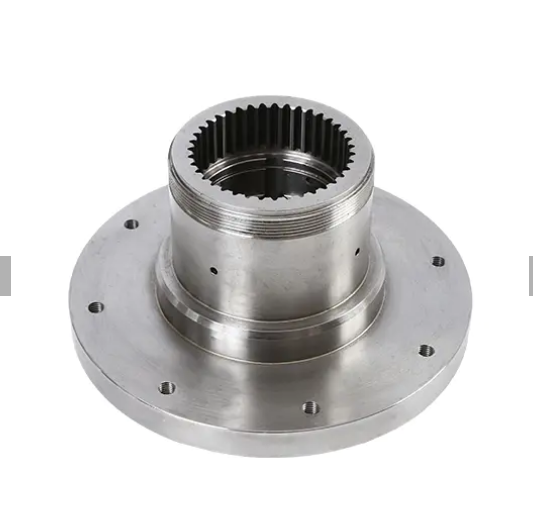The agricultural drive shaft is a critical component in the power transmission systems of farm equipment. It is responsible for transferring power from the engine to the wheels or other working parts of the machinery, enabling the equipment to perform its intended tasks effectively.
Designed to handle the demands of agricultural work, drive shafts are built with durability and strength in mind. They are typically constructed from high-quality materials that can withstand the heavy loads and harsh conditions often encountered in farming environments. The shafts are also designed to be flexible enough to accommodate the movement and vibration that occur during operation.
One of the key features of an agricultural drive shaft is its ability to transmit power efficiently. This is achieved through a series of joints and couplings that allow for the transfer of torque with minimal loss. The drive shaft must also be able to handle the varying speeds and loads that are common in agricultural applications.
Proper installation and alignment of the agricultural drive shaft are essential for its performance and longevity. Misalignment can lead to increased stress on the shaft, resulting in premature wear and potential failure. To ensure optimal performance, it is crucial to follow the manufacturer's guidelines for installation and to periodically check the alignment of the shaft.
Maintenance is another critical aspect of keeping an agricultural drive shaft in good working order. Regular inspections can help identify any signs of wear or damage that may require attention. Lubrication is also essential to reduce friction and prevent corrosion, which can compromise the integrity of the shaft.
In summary, the agricultural drive shaft is a vital part of the power transmission system in farm equipment. Its design, installation, and maintenance all play a role in ensuring the efficient and reliable operation of the machinery. By understanding the importance of this component, farmers can better maintain their equipment and enhance the productivity of their operations.


